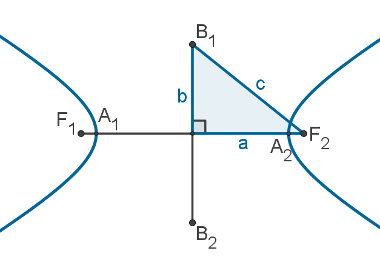the phytoplankton can be defined as a set of photosynthetic microorganisms that live floating on the surface of water. It is composed of seaweed microscopic and cyanobacteria, which can be unicellular, colonial or filamentous.
Because it lives in aquatic environments - both in limnic (lakes, for example) and marine environments -, the phytoplankton presents a series of adaptations that guarantee its survival in the water column. Some of these microorganisms, for example, have flagella that help with locomotion; others, in turn, have gas vacuoles that aid in floating, while some of them have mucilage, which involves the cells and ensures protection, flotation and locomotion.
→ Phytoplankton diversity
Phytoplankton have a multitude of life forms and sizes, and these characteristics can be used for their classification. According to size, we can classify phytoplankton into:
Picoplankton: It has a size of 0.2 to 2 µm.
Nanoplankton: It has a size from 2 to 20 µm.
Microplankton: It has a size from 20 to 200 µm.
Mesoplankton: It has a size from 200 to 2000 µm.
When we analyze the life form of these animals, we can classify them into unicellular, colonial or filamentous. Single-celled people are those who live in isolation; colonials are those forms in which an aggregation of cells is observed with some independence; and the filaments form sequences of linear or branched cells.
→ Role of phytoplankton in the environment
Phytoplankton are of great importance for the environment. As they are photosynthesizing, they guarantee, for example, the oxygenation of water. In addition, they constitute the base of the aquatic food chain, since they are producers. Phytoplankton still affects the amount of light that penetrates the water column. Thus, in large quantities, it can be responsible for the reduction of light in the environment, causing damage to the species that live there.
Do not stop now... There's more after the advertising ;)
→ Growth of phytoplankton in the environment
Phytoplankton's growth is determined by several factors, such as the availability of light, temperature and the availability of nutrients such as nitrogen and phosphorus.. As a result, changes in algae populations are common due to seasonal variations, which cause chemical, physical and biological changes in the water. However, these changes can also occur by anthropic action, when man, for example, pollutes water, increasing the presence of nutrients.
Phytoplankton overgrowth directly affects life in an environment. In some cases, there may be an increase in diatoms and dinoflagellates, species that, in abundance, even change the color of the water, causing the so-called red tides. Sometimes the presence of algae is observed that produce toxins, which can affect the species in the environment, as well as the people who feed on them.
Phytoplankton still plays an important role when it comes to pollution. These organisms respond to the most varied changes in the environment, therefore, they are often used as bioindicators.
By Ma. Vanessa dos Santos
Would you like to reference this text in a school or academic work? Look:
SANTOS, Vanessa Sardinha dos. "What is phytoplankton?"; Brazil School. Available in: https://brasilescola.uol.com.br/o-que-e/biologia/o-que-e-fitoplancton.htm. Accessed on June 28, 2021.


